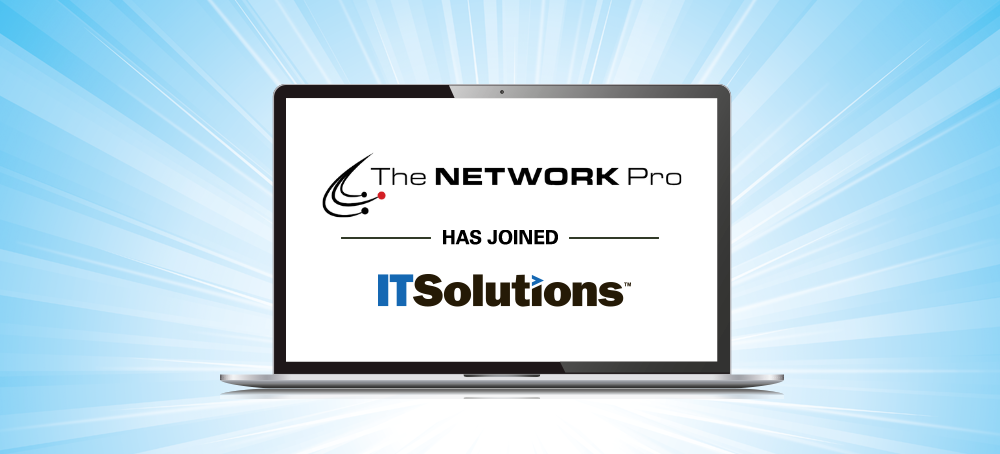Whether you are considering cloud computing for personal use or you want to use it for business operations, these are some of the main risks that you should be aware of before making the transition.
Limited Visibility
When you have things onsite, on your own hardware, the management of the network operations is completely in your hands and it is your responsibility alone. When you shift these things to the cloud environment the responsibility shifts to the cloud service provider. In doing so you also lose access to those network operations.
Depending on the service that you choose the degree to which this change in responsibility happens will vary. However, you will need to devise new ways to monitor network infrastructure and use something that will work with the cloud computing solution that you use.
Malware
One of the biggest problems for both private users as well as business clients is that their data or their systems get infected with malware. Attackers realize that most people are now shifting to cloud solutions and that when they attack a cloud solution, they are able to target a much larger amount of data rather than attacking a single entity.
When you are shifting large amounts of data onto the cloud there is a much higher risk of malware infection. Therefore cloud security against such infections is very important.
Compliance
Another major challenge with data management today is data privacy. In order to enhance this privacy and provide people better protection, there are various compliance protocols available. This includes things such as HIPAA and GDPR or NIST, among others. Making sure that your assets are compliant with these regulations is key in ensuring better security but with cloud computing, it can get very difficult to monitor access controls.
Your ability to see who has access and what they are able to do with that access is compromised. Therefore to ensure that you have tabs on user behavior it is important that you have the right access control measures in place.
Data Loss
When you are handing data over to the CSP you are essentially giving some rights of that data to the cloud service provider and you are also sharing some of the responsibility of the data management with the CSP.
Moreover, cloud service providers are the best target for attackers and since you don’t have any control over how they secure their systems, your data is completely at their disposal and depends entirely on their abilities to defend it. What’s worse is that in the case that the data is stolen or something goes wrong with the CSP due to data that you had stored on their services, you too are partly responsible.
Considering all these different angles of cloud computing businesses and private users need to think twice before they go for a cloud solution. Even though there are many benefits to cloud solutions in how they help increase efficiency and reduce costs, there are some risks involved as well. However, there are solutions to these risks and with a balanced management solution, everything can be don’t in a secure manner that neither risks the CSP nor the client.

